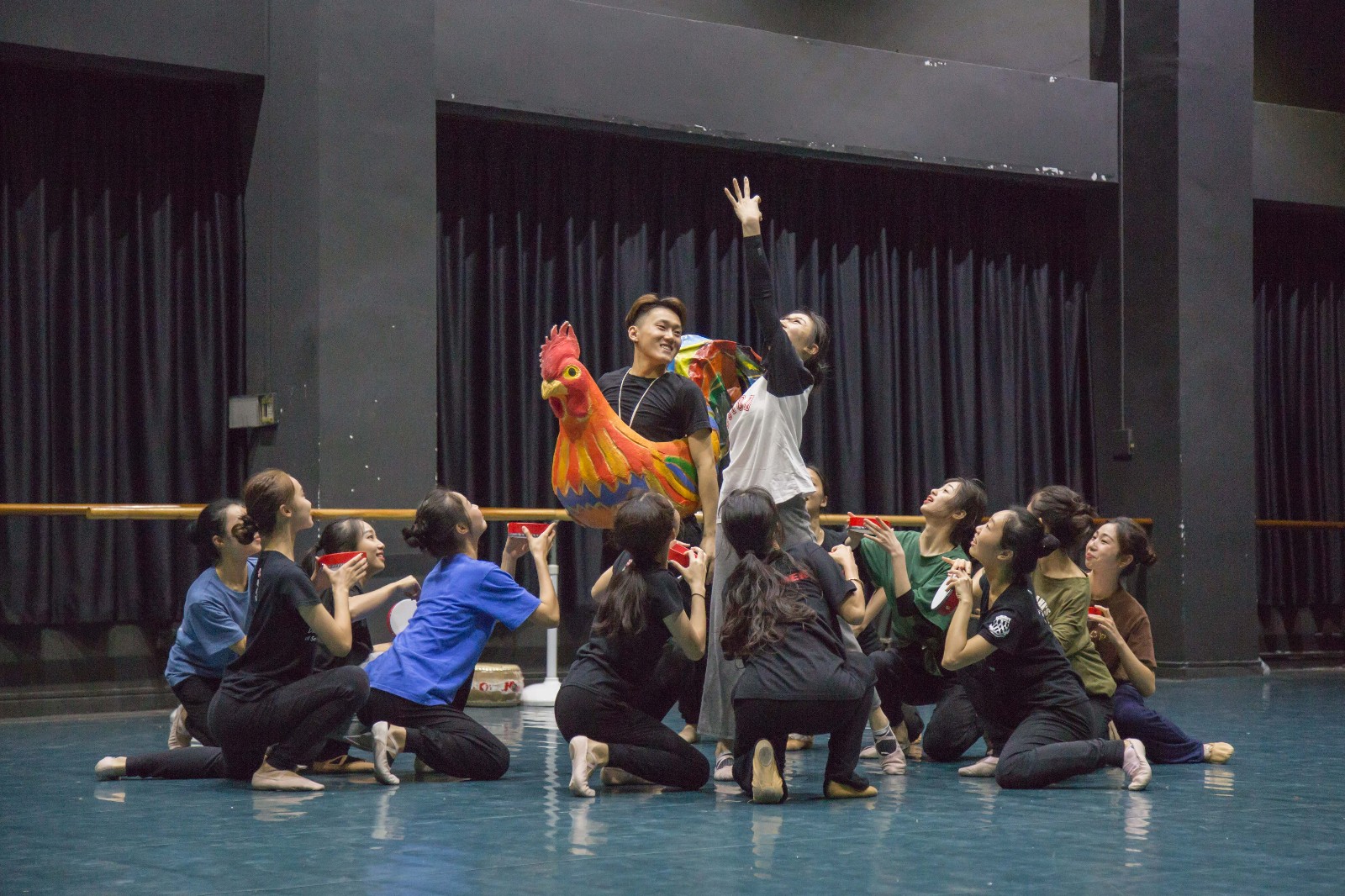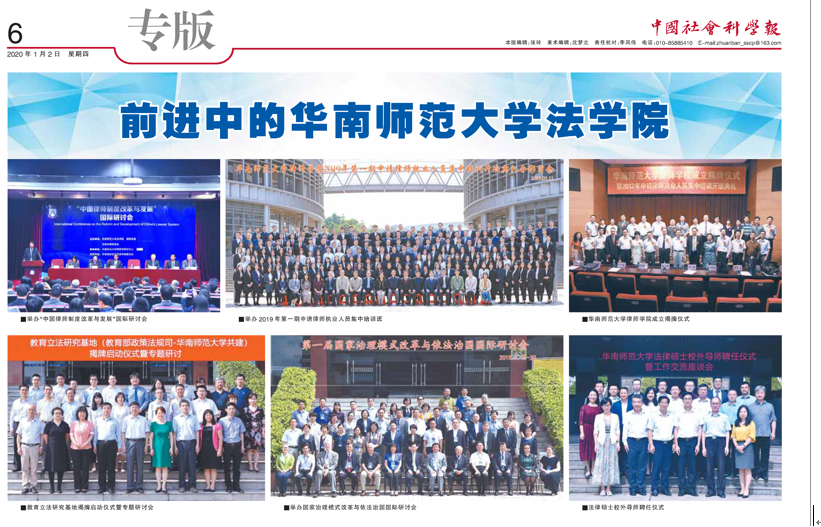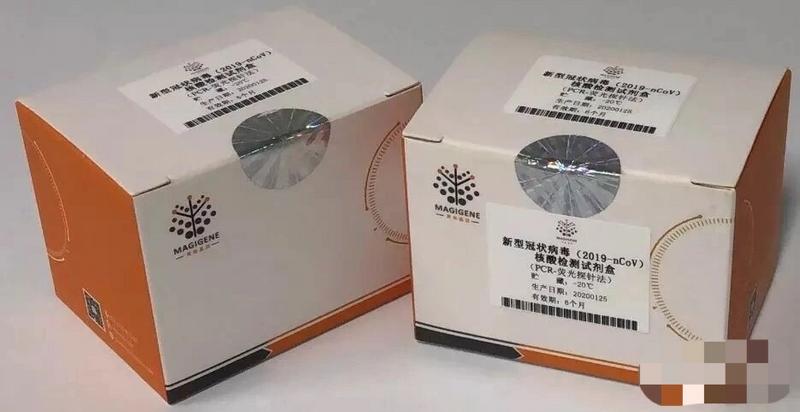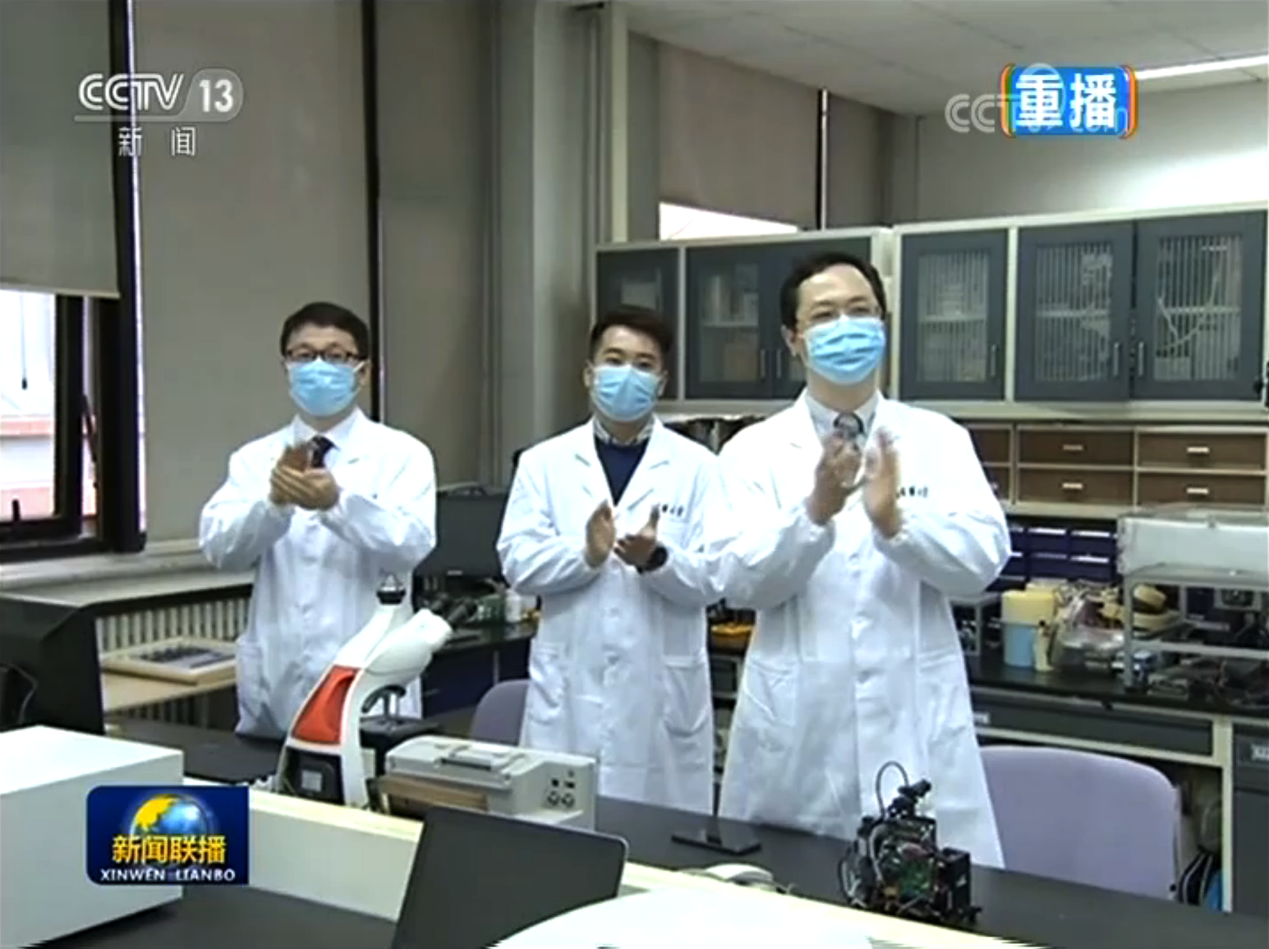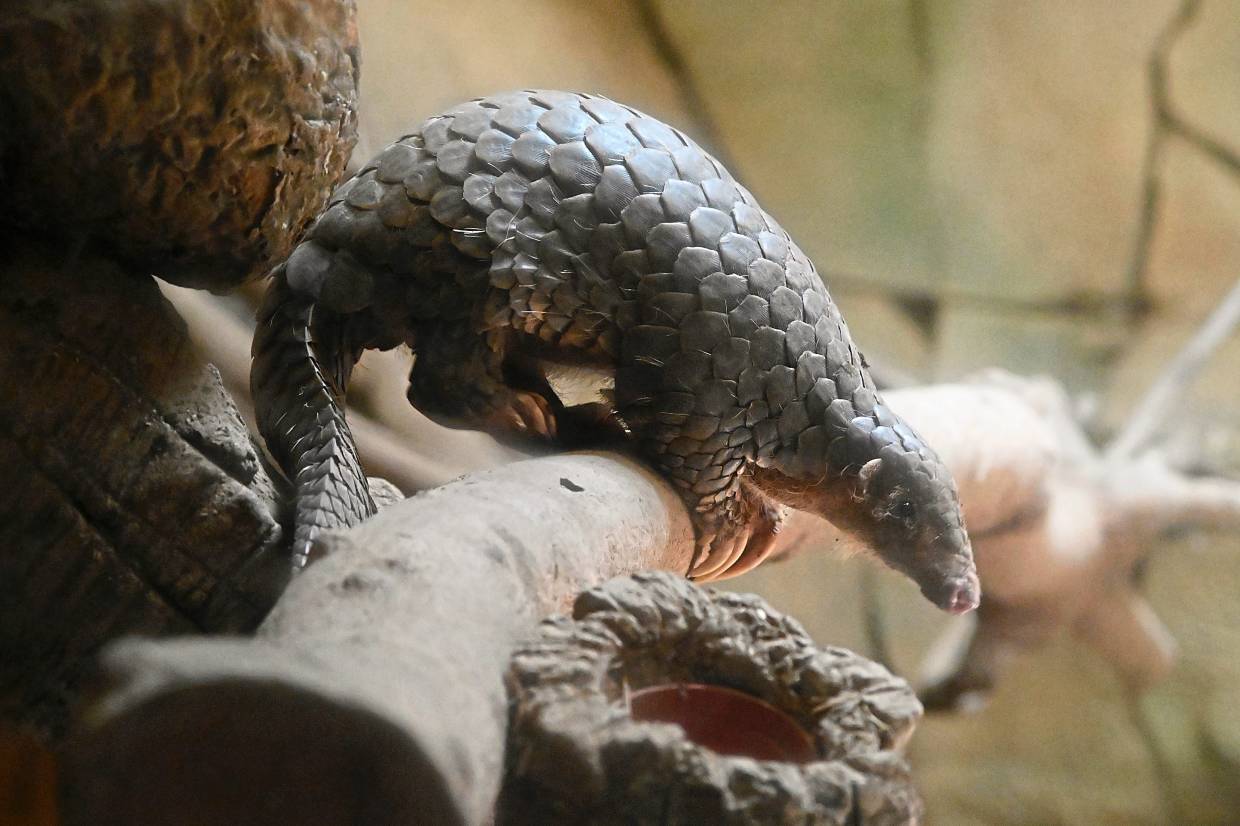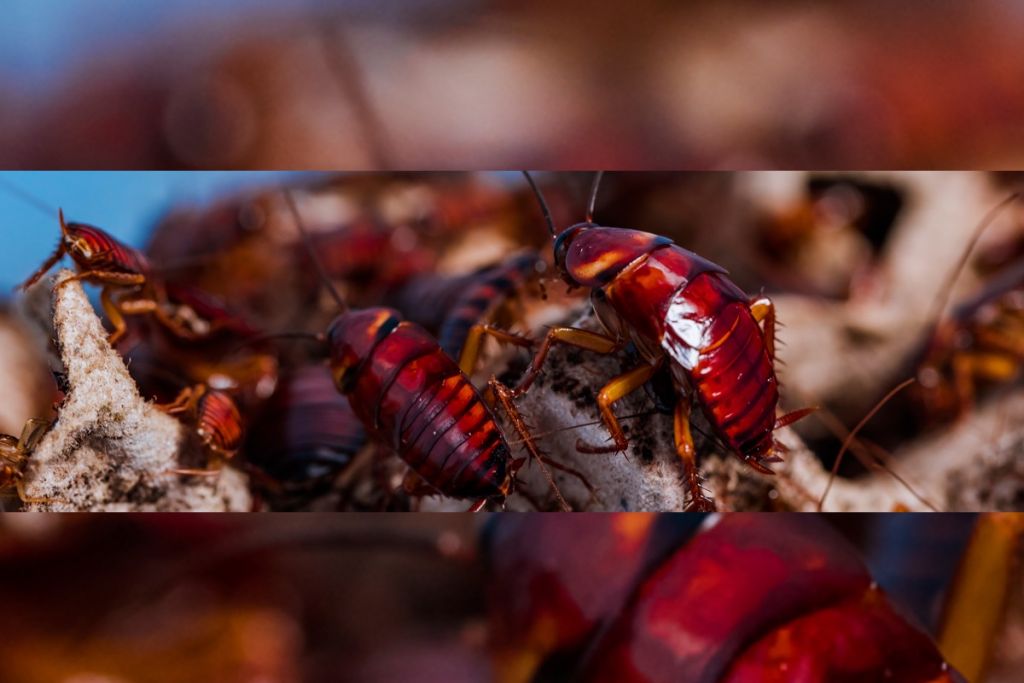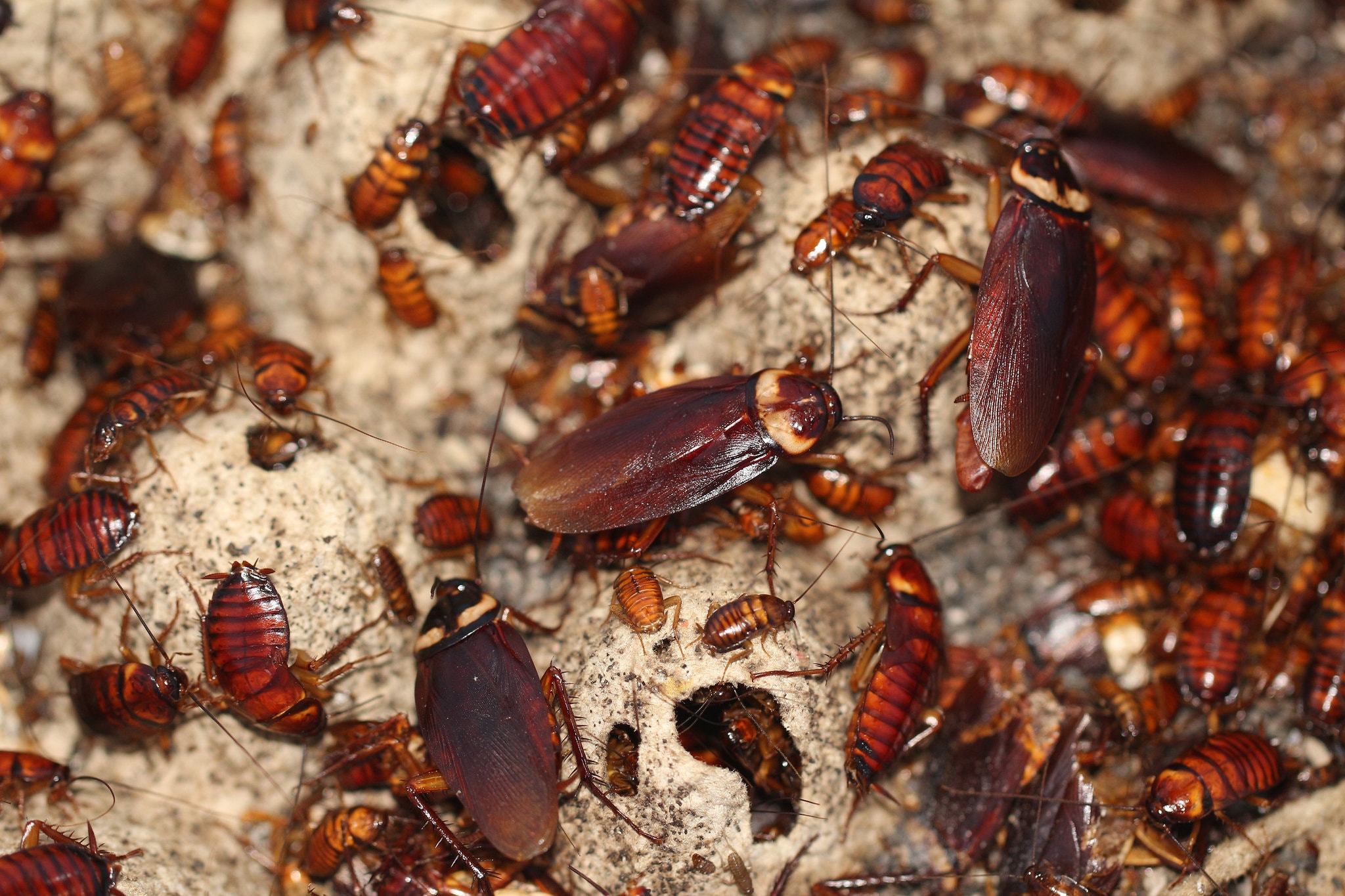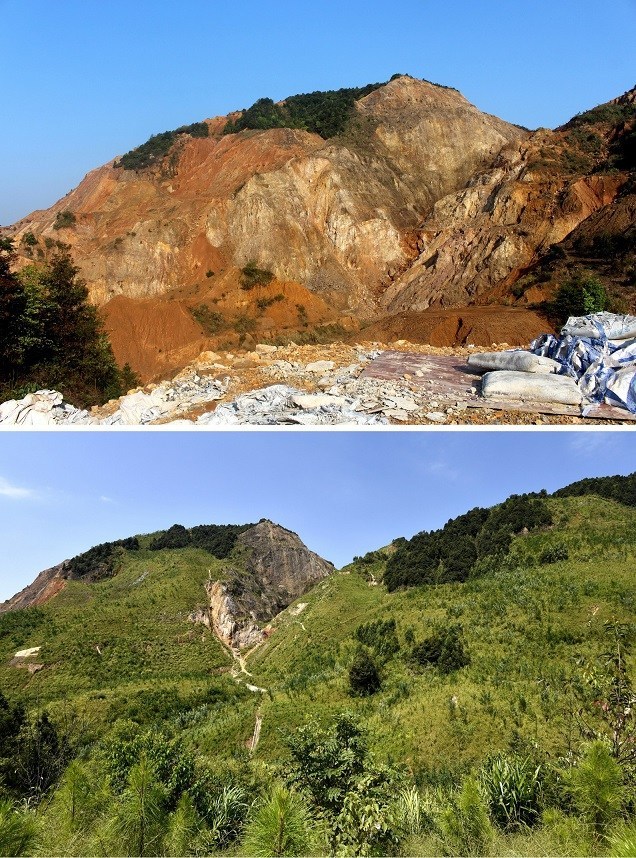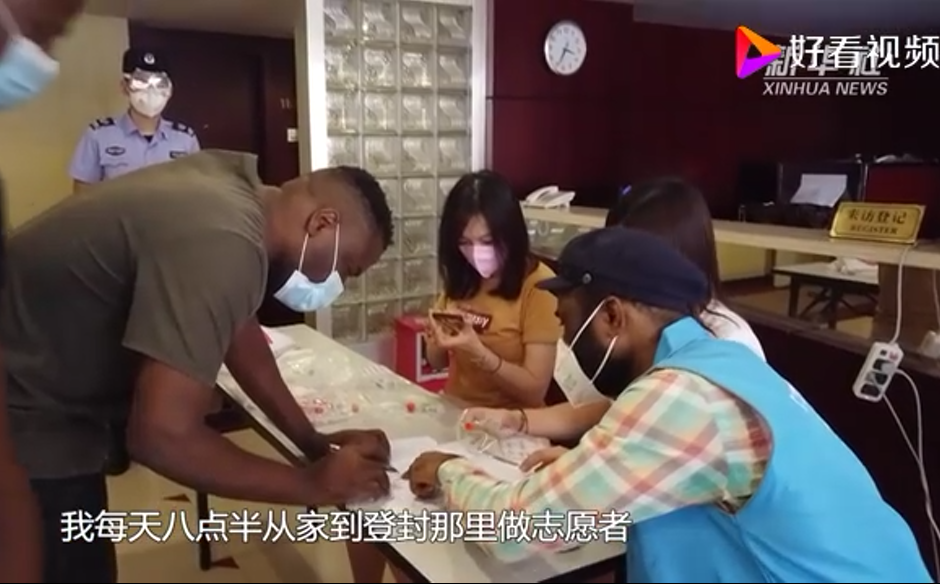
Likes
Spectroscopic sensing by laser techniques, new sensing approaches to spectroscopic and material-based gas sensors, images of a black hole and design strategies for sensor array cameras are the themes of plenary talks at the all-virtual collocated 2020 OSA Optical Sensors and Sensing Congress, and 2020 OSA Imaging and Applied Optics Congress was held 22 – 26 June.
A recorded archive will be made available for on-demand viewing. The congresses, originally planned as in-person events, have been transitioned to an all-virtual format to ensure registrants have access to the high-quality, peer-reviewed technical program. Technical sessions were presented live from the Pacific Daylight Time Zone (PDT).
In his talk titled “Laser Spectroscopic Sensing in Environmental, Ecological and Biomedical Research,” Sensing Congress plenary speaker Sune Svanberg, professor at South China Normal University, Guangzhou, China discussed how these laser techniques and non-intrusive monitoring are being applied to areas strongly impacting human daily life.
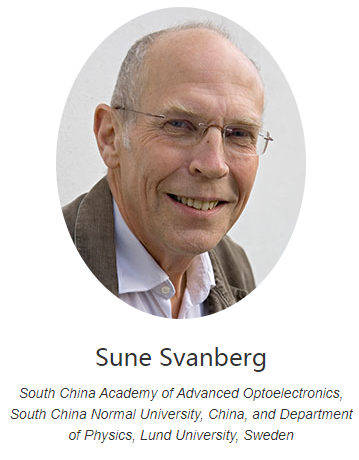
Sensing Congress plenary speaker Radislav Potyrailo, principal scientist at GE Research, USA will analyze capabilities of natural and fabricated photonic three-dimensional nanostructures as sensors for detection of different gases. His talk titled “Journey from Natural to Fabricated Gas Sensing Photonic Nanostructures: Unexpected Discoveries and Societal Impact” will highlight performance advances in detection of multiple gases with specific nanostructure designs.
Techniques developed by the Event Horizon Telescope Collaboration to photograph a black hole will be the focus of the Imaging Congress plenary with speaker Katie Bouman, assistant professor at California Institute of Technology, USA. Bouman’s talk titled “Capturing the First Picture of a Black Hole and Beyond,” will describe how data from the Event Horizon Telescope’s observations of a black hole were calibrated and imaged, and future developments with telescope arrays.
David Brady, professor at Duke University, USA will review design strategies for heterogeneous sensor array cameras and analyze system performance for various recent designs in his Imaging Congress plenary talk titled “Defining the Digital Camera.” The camera consists of a variety of sensor resources, potentially including lens and sensor arrays with various forms of active illumination and 3D sensing. The camera consists of a variety of sensor resources, potentially including lens and sensor arrays with various forms of active illumination and 3D sensing. The camera consists of a variety of sensor resources, potentially including lens and sensor arrays with various forms of active illumination and 3D sensing.
The all-virtual 2020 OSA Optical Sensors and Sensing Congress, 22 – 25 June, comprised of five topical meetings, features the latest optical-based sensor advances as the market continues to expand and sensor technology becomes more sophisticated. Conference registration is free for all participants and currently open. You must register in advance to receive the web link to access the conference.
The all-virtual 2020 OSA Imaging and Applied Optics Congress, 23 – 26 June, comprised of five topical meetings, highlights the latest imaging research and applications of these technologies to industrial, military and medical challenges. Conference registration is free for all participants and currently open. You must register in advance to receive the web link to access the conference.
About The Optical Society
Founded in 1916, The Optical Society (OSA) is the leading professional organization for scientists, engineers, students and business leaders who fuel discoveries, shape real-life applications and accelerate achievements in the science of light. Through world-renowned publications, meetings and membership initiatives, OSA provides quality research, inspired interactions and dedicated resources for its extensive global network of optics and photonics experts.
What to read next:
